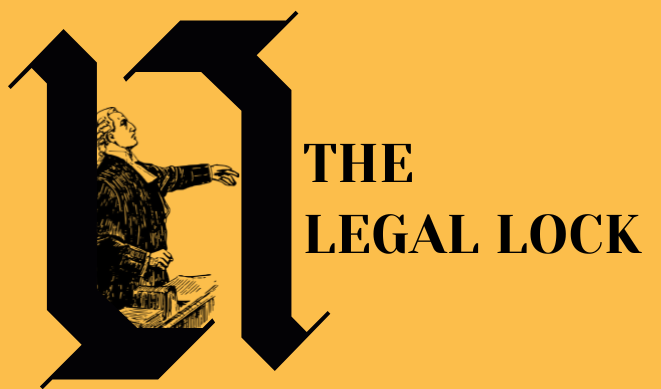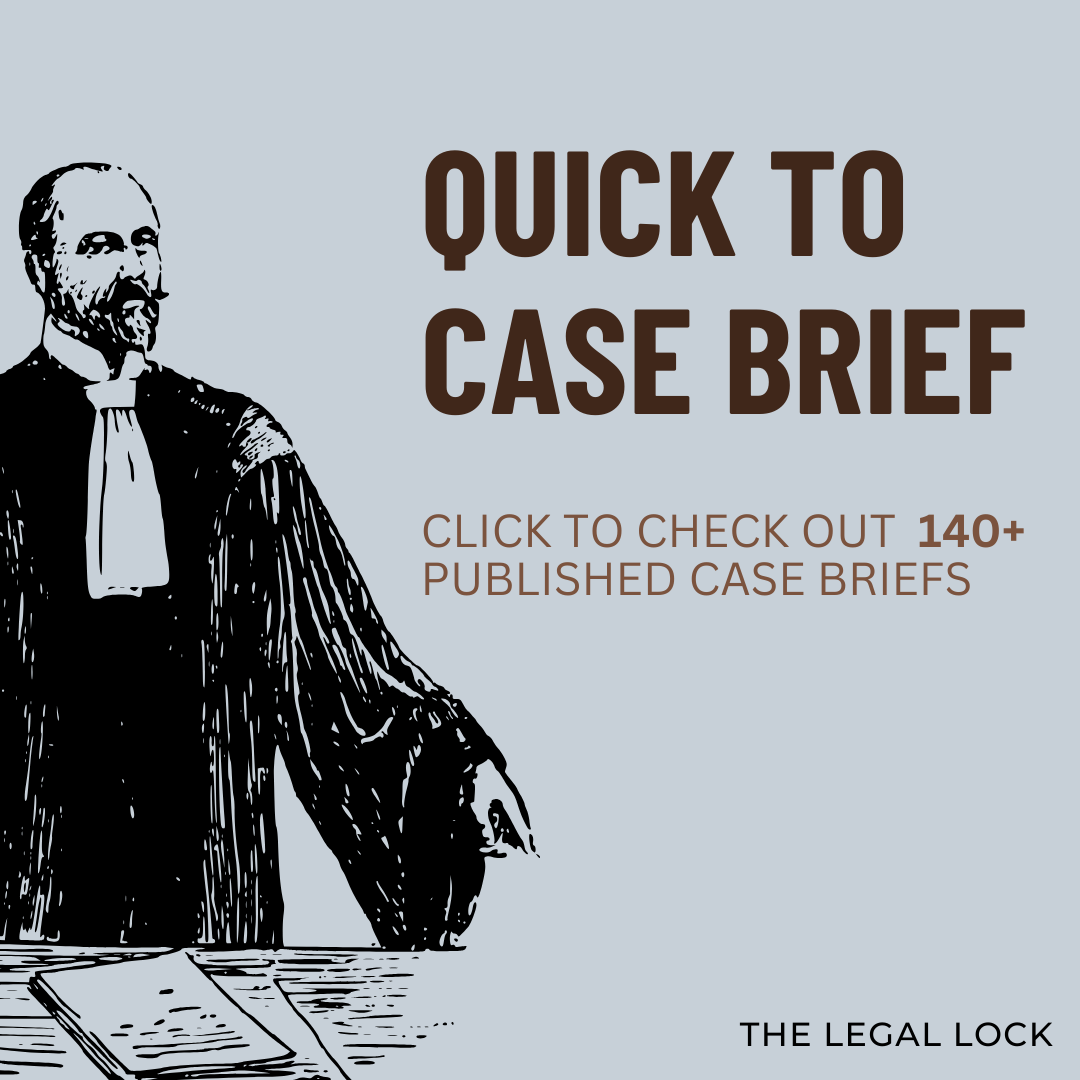Indian Partnership Act was earlier part of the Indian Contract itself. It was the eleventh chapter of the Indian Contract Act. The provisions of the Indian Partnership Act were covered under Sections 239 to section 266. Later it was separated by the Indian Contract Act. The provisions of the Indian Contract Act are still applicable to Partnership except for those provisions which are not required to support the provisions of Partnership that means that all the sections that are separated i.e. from 239 to 266 are not applicable on Partnership. But on 1st October 1932, there came a separate Act called the Indian Partnership Act.
According to Section 4 of the Partnership Act,1932, “Partnership is the relation between persons who have agreed to share the profits of a business carried on by all or any one of them acting for all”.
There are some essential requirements for entering into a partnership and they are as follows:
- There must exist an agreement between the partners
- There should be a motive to earn profit and share the profit among the partners
- The agreement to carry out the business to be jointly by the partners or any one of them acting for all.
1. There must be a contract
Partnership is the relationship between the persons. It is formed by the partnership agreement. So, here the question arises that is this a valid agreement or will this agreement form a contract. The answer is yes. Thus, there is a contract between the partners which is called the Partnership deed. The partners must agree to carry on a business which means there must be a contract be it either oral or written.
2. Formed between two or more persons
Partnership is the association between two or more legal persons. The word ‘legal person’ here includes both natural and artificial person. Therefore, both natural and artificial person may be partners of a partnership firm.
3.Sharing of profits
Business is carried on to earn profits. Therefore, the profits are to be shared in the agreeable proportion and losses to be borne in that percentage.
4. Mutual Agency
Based on the principle of agency, each act as an agent for one another.
It determines whether partnerships exist or not. The reason why this question arose is that sometimes people invest their money together and share the profits but the partnership doesn’t exist there and therefore, the question arises on how to know where does partnership exists and where does it not.
Following need to be proved to determine the existence of a partnership: –
- There must be an agreement between the concerned parties.
- The existing agreement was to share the profits.
- The law of agency must govern the relationship.
Agreement
Section 5 of the Indian Contract Act clearly states that it is the agreement and not the status that creates a partnership. It means that partnership emerges from a contract and not the status. For example- A Jain husband and a wife carrying on a Hindu Undivided family business are not partners in such business because there does not exist any partnership agreement between them.
Sharing of Profit
Sharing of profits is a facet of the true test of a partnership. However, profit sharing is merely clear evidence of a partnership. But the act doesn’t consider it a piece of conclusive evidence due to the emergence of some profit-sharing cases where profit-sharing has been seen contradictory to the partnership. Let’s have a look at a landmark case where profit sharing was not considered as a true test of partnership.
Cox v. Hickman (1860) 8 H.L. 268[4]
Facts- Benjamin Smith and Josiah Timmis Smith carried on business as iron specialists and corn vendors under the name of B Smith & Son. They were obligated to pay a lot of money to the creditors as they had taken loan earlier. So, a meeting took place, amongst whom were Cox and Wheatcroft. An arrangement deed was executed by more than six-sevenths in number and value of the creditors. The trusts were identified and the rent was fixed at 21 years. They were to carry on business under the name of “The Stanton Iron Company”. The deed likewise contained a condition which kept them from suing the Smiths for existing obligations. Cox never went about as trustee, and Wheatcroft surrendered following a month and a half after which no trustee was appointed.
Issue- Now the issue was whether or not the defendants (creditors) including Cox and Wheatcroft are liable to the Hickman?
Judgement –It was held by the House of Lords that there exists no partnership and hence Cox was not liable. Lord Cranworth stated that- “Participation in profits is not the decisive test of a partnership”. The court also said that the deed was just to pay the creditors out of the existing profits and the profits that the business would earn in future. Thus, this relationship is not enough to constitute a principle- agency relationship.
There are some more situations which have been found contradictory to the partnership:
- The profits arising from the property of persons having a joint or common interest in that property doesn’t mean that those persons will be considered as partners.
- An agent or servant will not be considered as a partner if he is given a share of profit.
- If a partner dies and his wife or child receives a share of profit, the wife or a child couldn’t claim themselves as partners.
- If the previous owner is shared some profits as goodwill or a form of consideration, it will not make him a partner.
- There is already an express agreement between existing between the partners regarding the share of profits, and the law of agency governs it, there will be no difficulty in determining the existence of partnership in light of the provisions of section
- It becomes an arduous task when there is no express agreement or when there is nothing in the contract stating about partnership. Thus, in this case, section 6 has to be referred to determining the partnership relation or existence.
Under Section 6, the real attention between the parties must be given regard by looking at the relevant facts while determining the existence of a partnership. This rule doesn’t seem as simple as it is stated, its application is an intricate part.
Mutual Agency
It is considered that mutual agency is the primary essence of the partnership law. It is very much useful in determining whether there exists a partnership or not.
If the partner is acting both as an agent and the principle for themselves, then it can be inferred that mutual agency exists. So at whatever point there is a disarray about the presence of an association between individuals we check for the existence of mutual agency. In the event that such an agency exists between the partners who maintain a partnership and share benefits it will be esteemed that this association exists.
The case Santiranjan Das Gupta Vs. Murzamull, a famous Supreme Court case where the court entertained various factors to come to the conclusion that there exists no partnership: –
- The concerned parties have no record of terms and conditions regarding the partnership.
- Partnership firms have maintained no records of its own, subjected to inspection by both parties.
- Partnership firms have no account with any of the banks.
- Deputy director of procurement has not received any written information regarding the newly created partnership.
The passing of the partnership by Operation of Law: Michigan Law Review
The article “The passing of the partnership by Operation of Law” by The Michigan Law Review Association describes about profit sharing and significance of relation determining the existence of partnership. The writer gives credit to Waugh v. Carver for making profit sharing a test of the existence of a partnership. Later in his article he has explained different interpretations of the words ‘profits’ and ‘sharing’. This syllogistic reasoning has caused a lot of hardships. He mentions Cox v Hickman wherein mutual agency was considered the true test of Partnership.
Later, he talks about the case of Beecher v Bush wherein Judge Cooley termed these tests as erroneous and mischievous. He then criticized the judgement given by Judge Cooley by giving various arguments based on mutual agency. Moving forward, he stipulated that how European law has applied an extensive effect on the agency in the context of English Law. The impacts were explained by the author in a way that can be easily comprehended. The last part of the paper talks about the normal incidents of agency in various points regarding power liability relations. It made it very easy to understand the incidents since they were explained in points with examples.
Therefore, the author discussing everything in a precise manner made the concept interesting and knowledgeable. Overall, I’d say that the principal aim of the author which was to talk about the relation between the parties concerning English Law was met.
Partnership: What constitutes relation (University of Pennsylvania Law Review)
The very first journal article that I read was “Partnership: What constitutes relation” published by University of Pennsylvania Law Review. The author started by discussing Floyd V Kicklighter wherein the plaintiff and the defendant entered into their so-called partnership agreement for the sale and purchase of land and then share the profits. The court in this case objected and called this an invalid partnership agreement. The author later in this article talks about the definition of partnership to be made more comprehensive. He also regarded Sharing of profits as an older test to determine the existence of partnership by mentioning Grace v. Smith. He stated that these cases supported sharing of profits as a test to determine relation and sharing gross returns not a mode to determine relation. He mentions that it was Cox v. Hickman case which brought up a new test to determine the existing partnership that is mutual agency. The author concluded by saying that it is either the agency test or the legal intent of the parties in this regard that an agreement can be determined to be a partnership agreement.
In conclusion, I found the paper to be repetitive and very general. It could’ve been made a little more specific. Having said that, I did find certain parts of the research article which were interesting to read about. It was well written in that sense. I also learned about certain new case laws that I was not aware of initially. Another thing which I liked was the frequency of case laws. The author had taken proper care in inserting important case laws almost on every page which made the reading of this paper enjoyable and at the same time knowledgeable as well. Overall, I would say that the principal goal/ aim of the author, which was to determine what constitutes a relation, was partially met by him.
Conclusion
In my opinion, a partnership is very important and the role of Section 6 i.e. that is determining the existence of a partnership is an integral part of it. We enter into partnership agreements frequently and there may be cases arising which may appear to be a partnership agreement but in reality, it isn’t. With the help of the various case laws and the situations that arose during the time, it is therefore concluded that mutual agency is the decisive part of determining the existence of partnerships.
Thus, we can conclude that Section 6 has done a good job of protecting the interest of the concerned parties. It is not simple as it appears but almost all the situation which have caused difficulty in determining the mode of existence of Partnership has been talked about.https://www.mca.gov.in/Ministry/actsbills/pdf/Partnership_Act_1932.pdf




